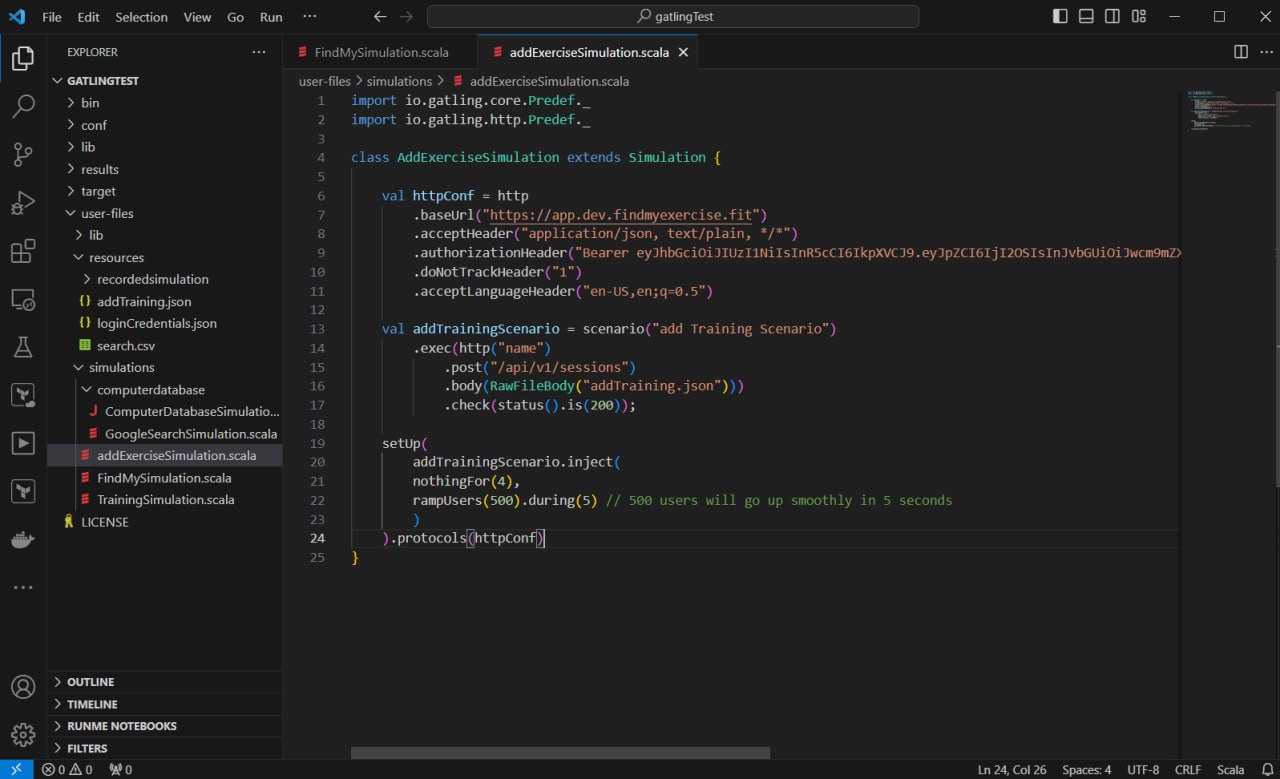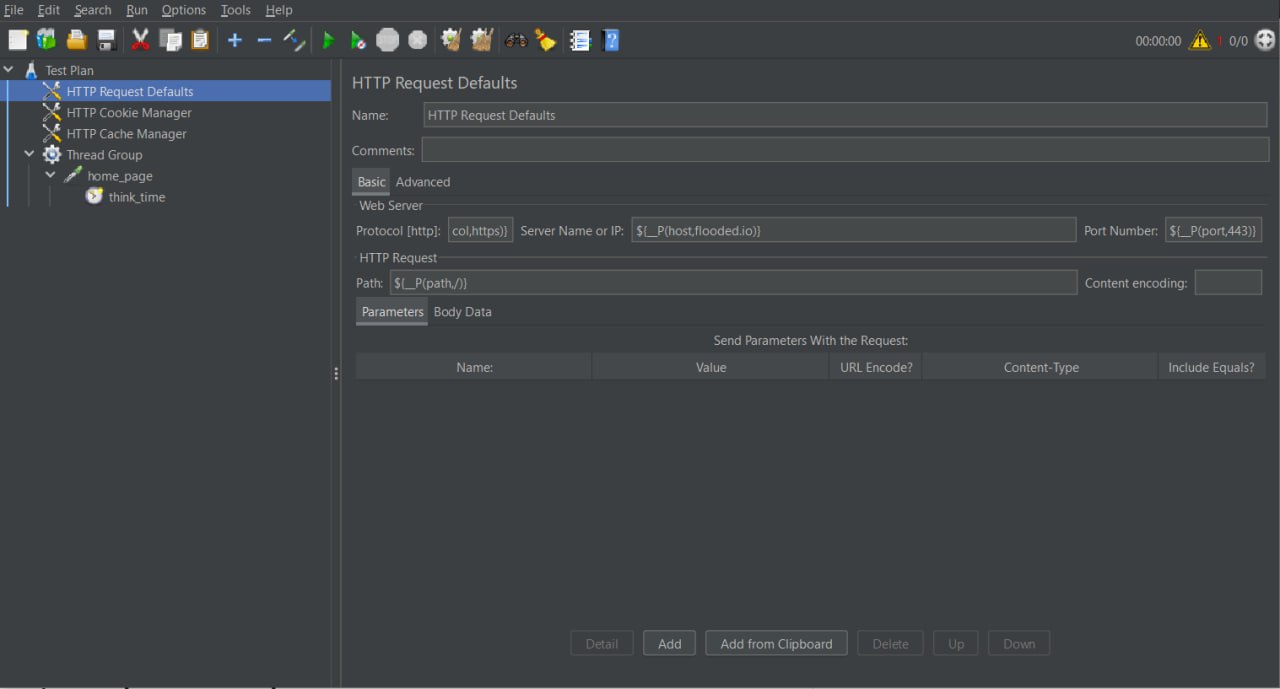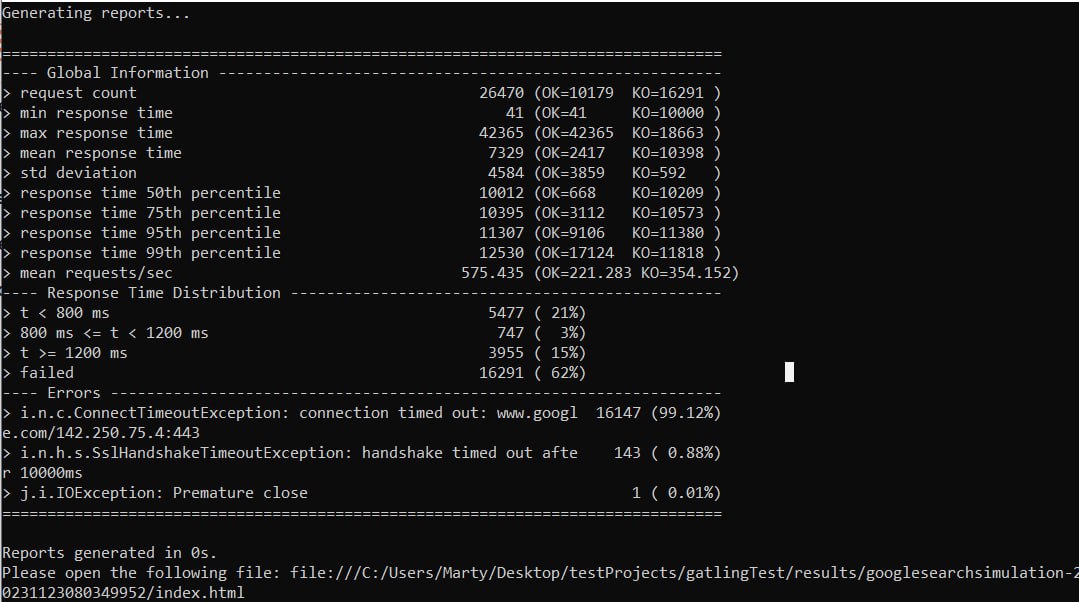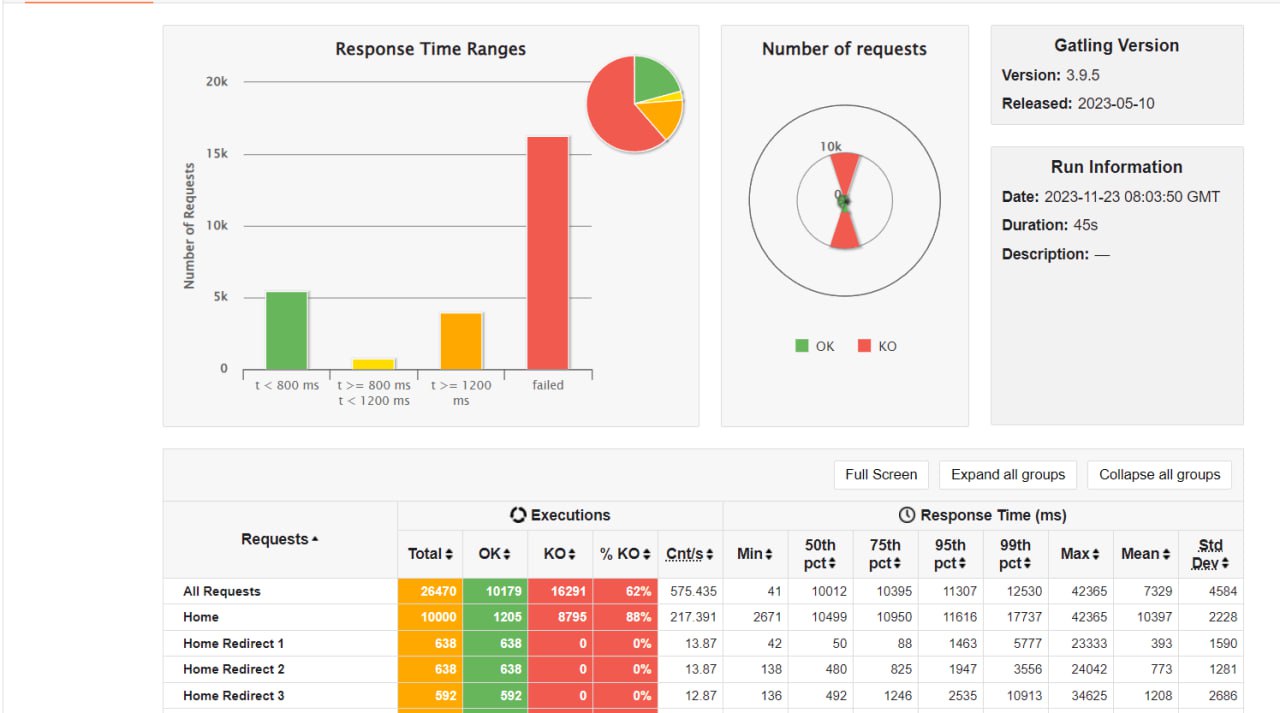What is load testing for?
Load testing is necessary to verify the performance, stability, and scalability of a software system under various load conditions. Here are a few cases where load testing can be crucial:
- New product release or upgrade: Before releasing a new version of an application or system, it is important to ensure that it can handle the expected user loads without interruptions or failures.
- Expected load peaks: Before planned campaigns, sales, promotions, or other events where traffic or user activity is expected to spike, it is important to make sure the system can handle such peaks.
- System scaling: If you need to scale your infrastructure or system architecture, it is important to verify how the system will perform under different load levels.
- Performance Optimization: If bottlenecks or performance issues are identified, load testing should be performed to identify the causes and optimize system performance.
- Ensuring Reliability: Load testing helps to detect and correct problems such as memory leaks, server overloads, inefficient resource utilization, and others that can lead to system failure.
Overall, load testing is important to ensure system stability, performance, and reliability under various workloads to prevent potential problems and ensure a good user experience.
Gatling: an overview of the tool and its benefits
Gatling is a load-testing tool that has several advantages:
- High performance: Gatling is based on an asynchronous model, which allows it to handle a large number of requests with minimal resource consumption. It is capable of generating high application or server loads.
- Ease of use: Gatling provides a developer-friendly DSL (Domain-Specific Language) based on Scala. This makes it easy to create tests using a clear and expressive syntax.
- Flexibility and scalability: Gatling allows to creation of different test scenarios with different load parameters, allowing to simulation of real-world system usage.
- Reporting and analytics: The tool comes with detailed reporting of test results. Gatling provides visual graphs and performance data, allowing you to analyze results and identify application bottlenecks.
- Open-source: Gatling is an open-source tool, making it available for most developers and teams to use, modify, and contribute to its development.
- Protocol support: Gatling supports a variety of protocols such as HTTP, WebSocket, JDBC, JMS, and others, allowing you to test a variety of system types.
These are just a few of the advantages of Gatling that make it a popular tool for performance and load testing applications.
jMeter and its capabilities
jMeter is another popular tool for load testing, and it has its advantages:
- Ease of use: JMeter has a relatively simple graphical interface, making it more accessible to novice users. It provides a wide range of controls for creating different types of test scenarios.
- Scalability: JMeter is capable of handling different types of protocols including HTTP, FTP, JDBC, SOAP, and others, making it flexible for testing different applications and services.
- Large Community and Documentation: There is a large community of JMeter users, which provides many resources, forums, and guides for support and problem-solving.
- Reporting: JMeter provides basic reporting functionality, including graphs and tables for analyzing test results. It is also possible to extend reporting with plugins and additional tools.
Comparison of both tools
Both tools, jMeter and Gatling, have their strengths and are used in application performance testing. The choice between them may depend on the team’s preferences, project requirements, and level of expertise in using one or the other tool.
Of course, the choice between Gatling and JMeter may depend on various factors and project features. Here are a few situations where one tool may be preferable to the other:
Gatling:
- High performance and scalability: If your task requires creating very high system loads and executing multiple requests in parallel with minimal resource consumption, Gatling may be the preferred choice due to its asynchronous execution model.
- Programmers and developers: If your team has experience with the Scala language or they like the idea of using a DSL in Scala to create test scenarios, Gatling may be a more attractive choice for creating tests.
- API and Microservices Testing: Gatling is well suited for testing APIs and microservices due to its ability to model complex scenarios and handle a large number of requests.
jMeter:
- Ease of Use: If you need to quickly create test scenarios and are more comfortable with the GUI, jMeter may be a good choice because of its ease of learning.
- Wide range of protocols: If your application or system uses a variety of protocols (HTTP, FTP, JDBC, SOAP, etc.), jMeter may be a better choice due to the large number of built-in controls for different protocols.
- Small projects or novice users: For smaller projects or for those who are just beginning to familiarize themselves with load testing, JMeter may be easier to learn and use.
Ultimately, the choice between Gatling and jMeter will depend on the specifics of the project, team needs, level of expertise in using the tools, and preference for working with a particular interface or programming language.
Contact IT-Dimension team to get a consultation on load testing setup for your project. Our experts will work closely with you to understand your project requirements and objectives, design a load testing strategy, and implement testing protocols to ensure the scalability, reliability, and performance of your application under various load conditions.










